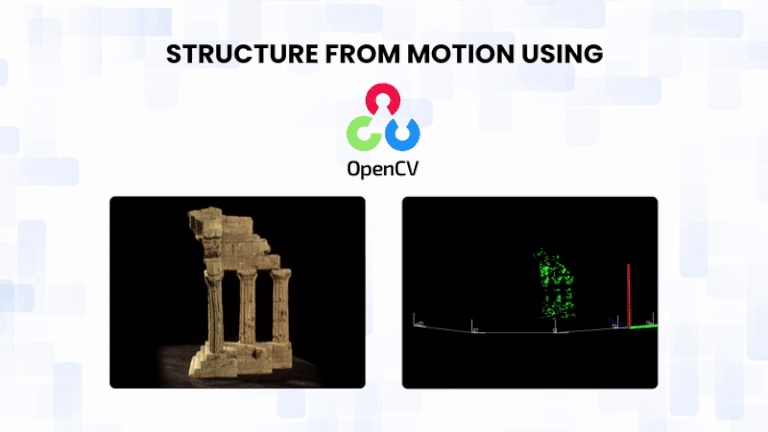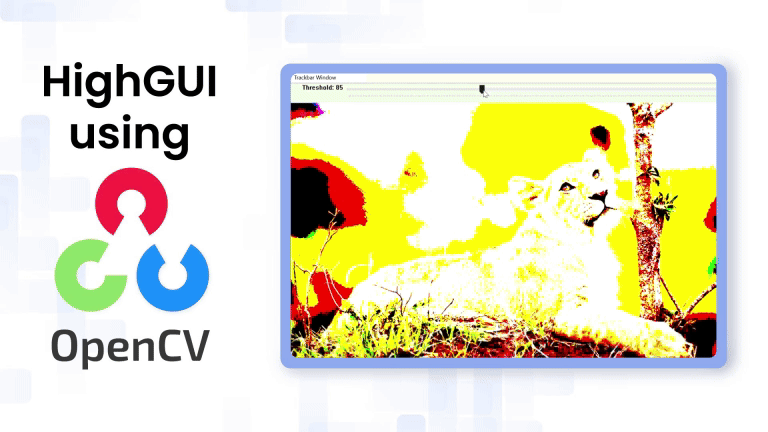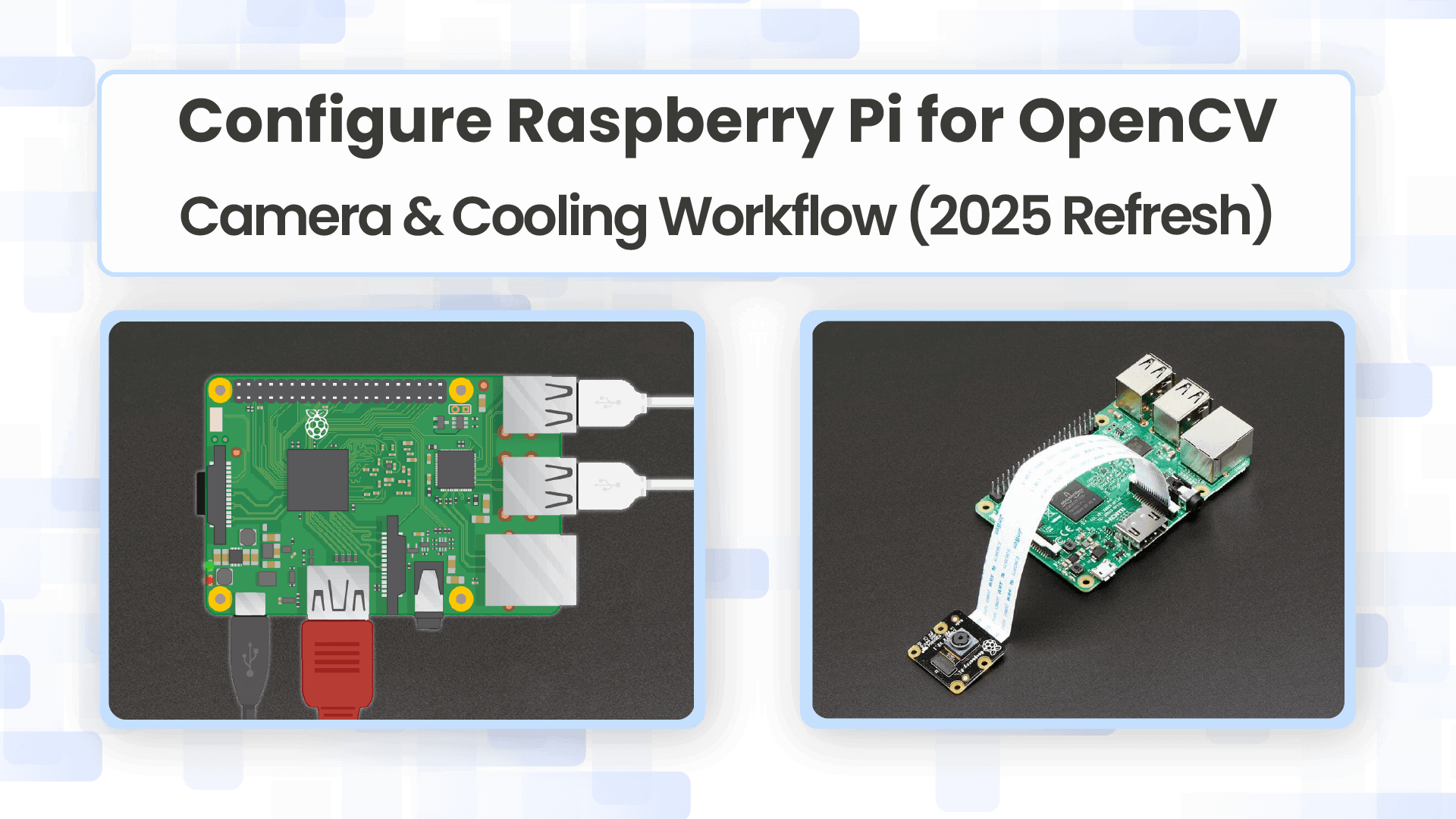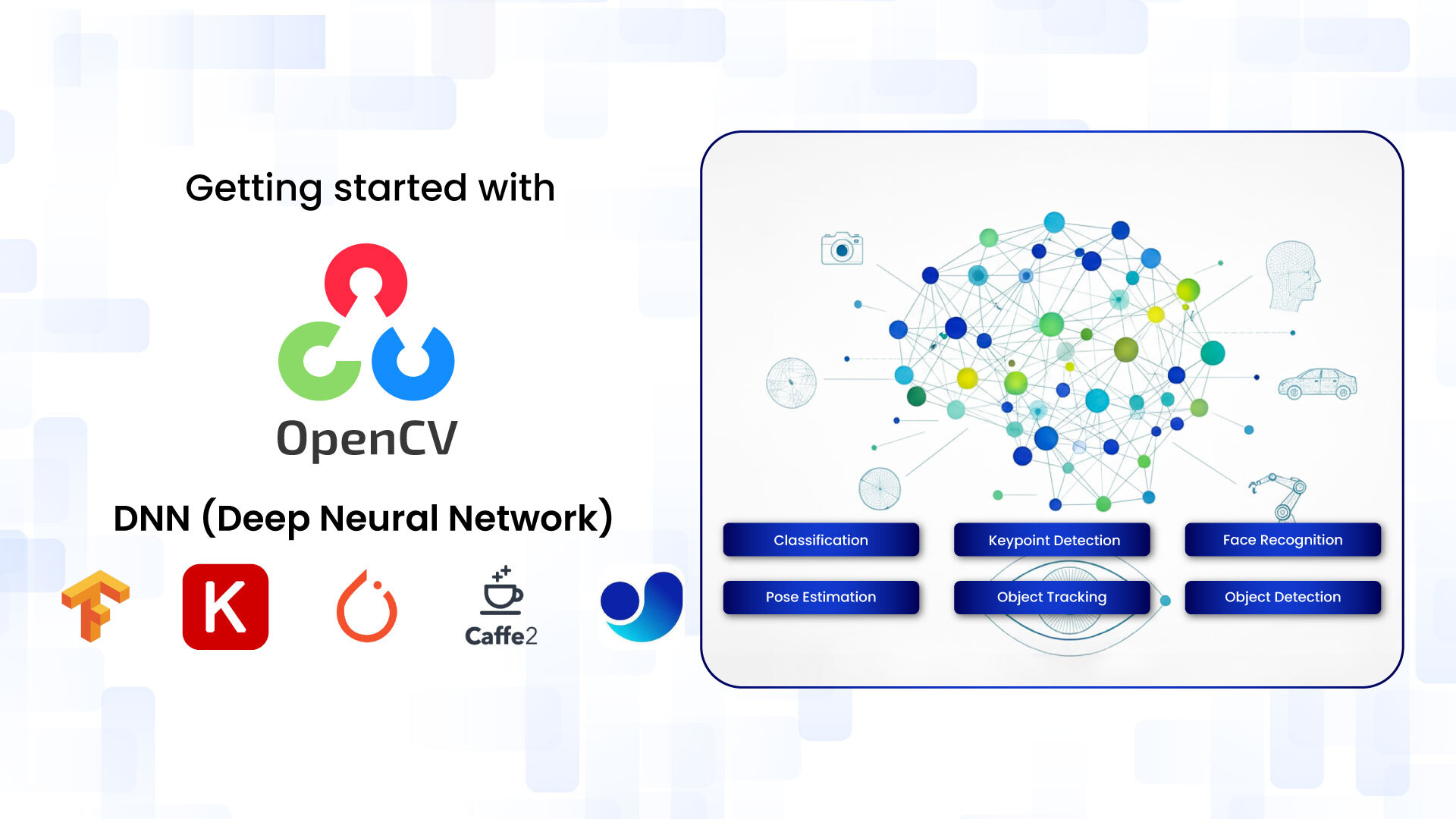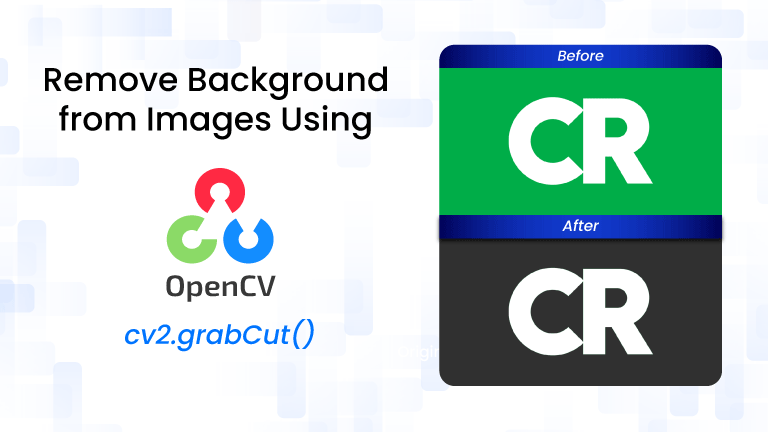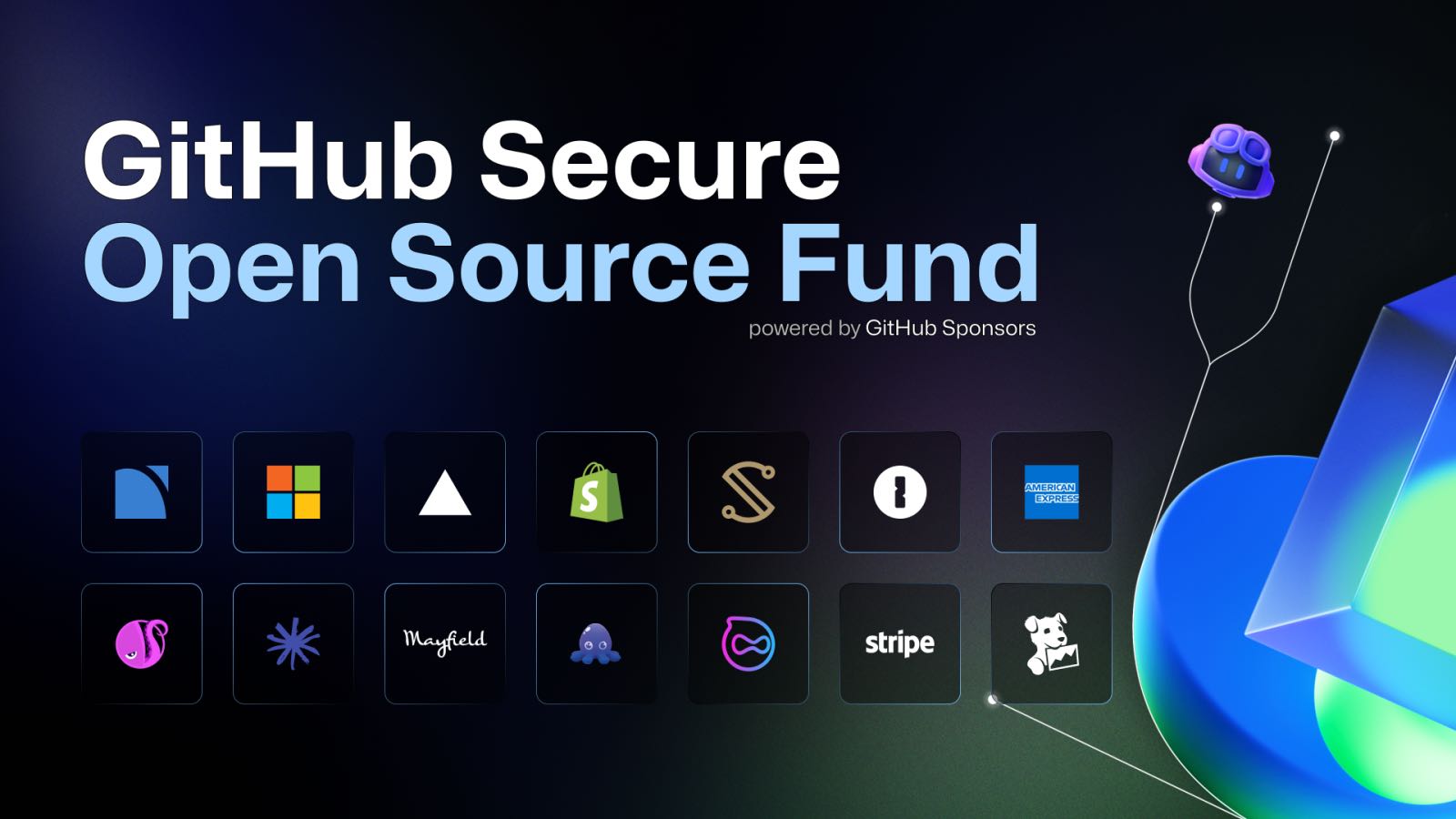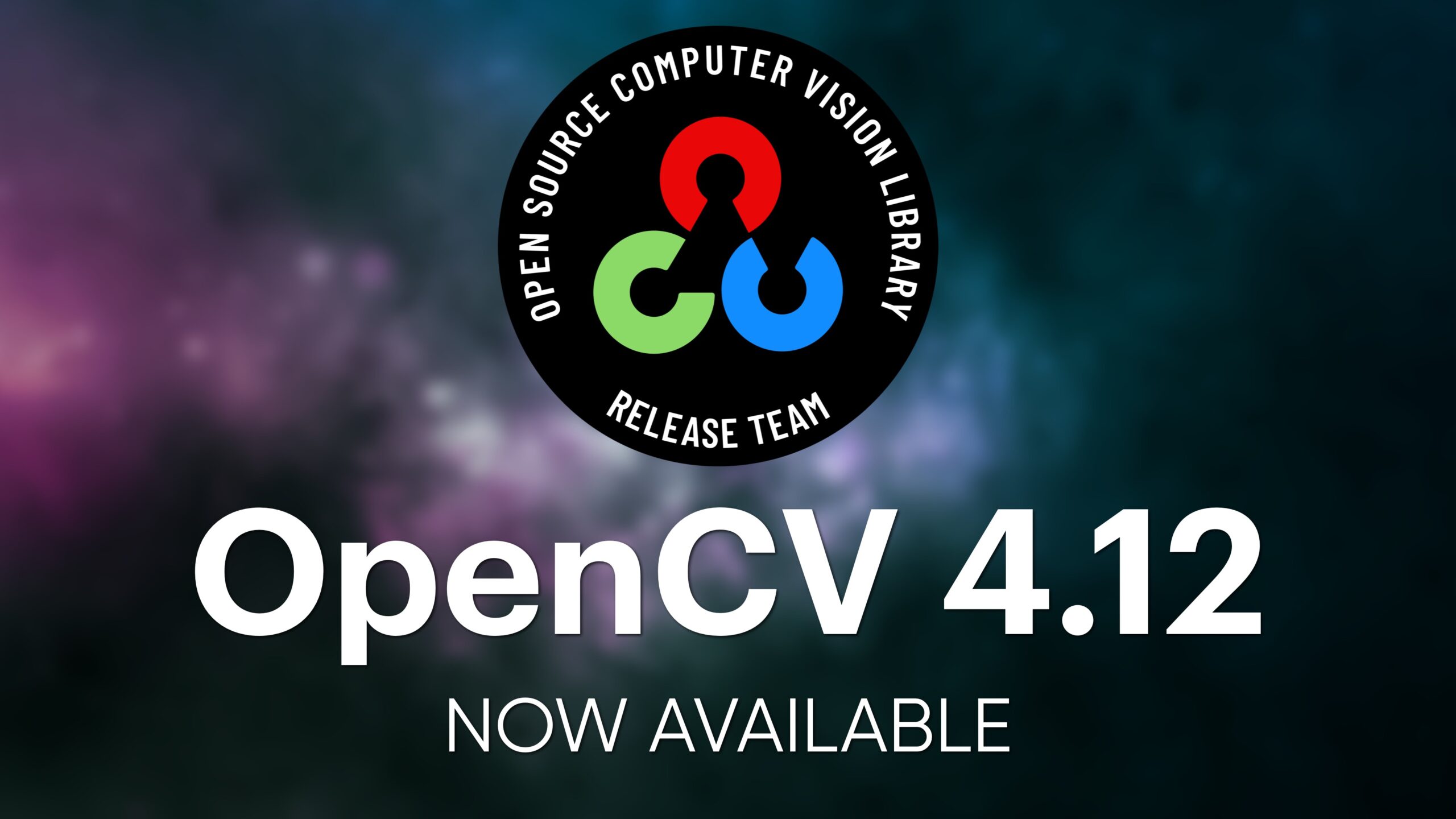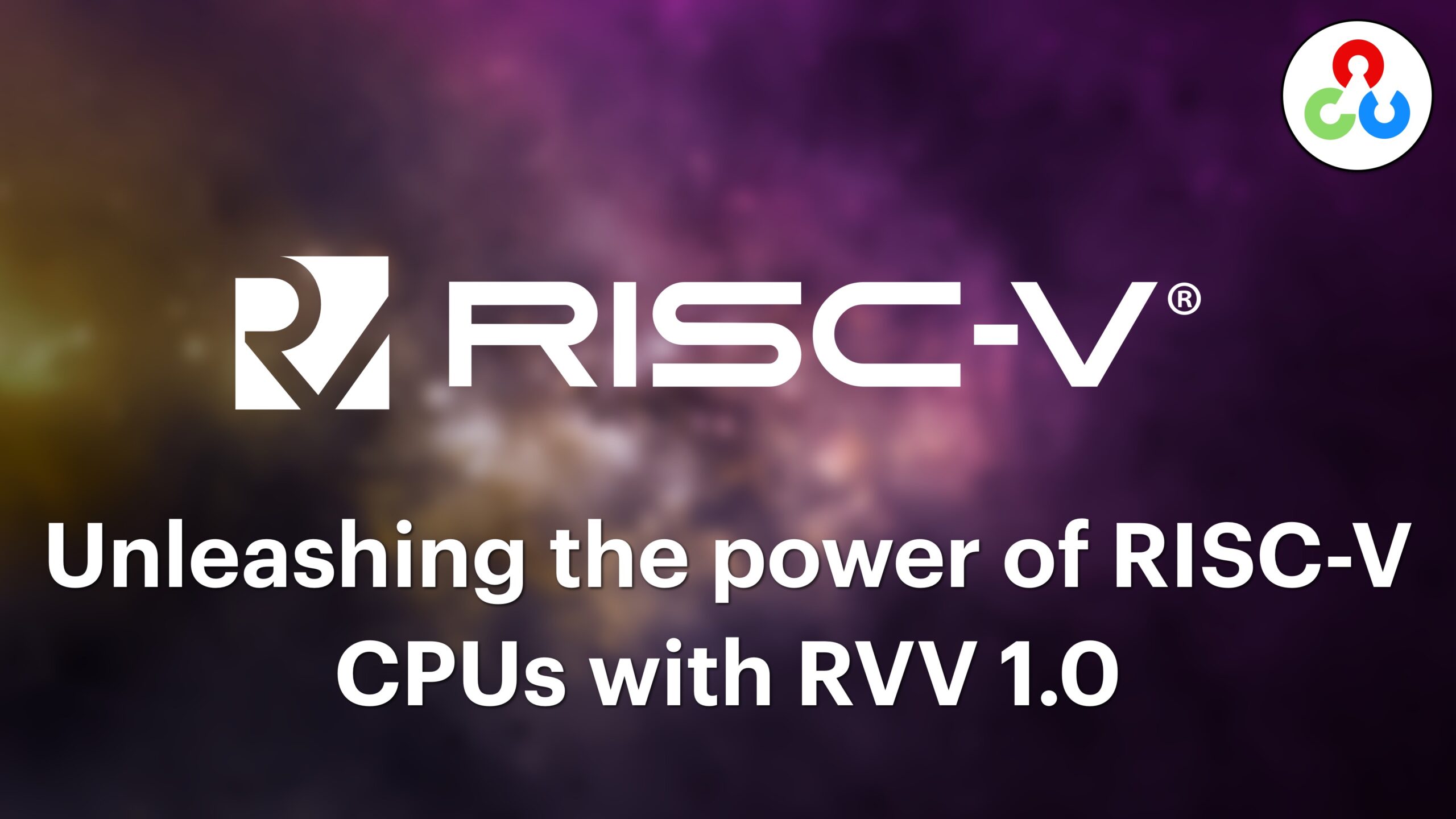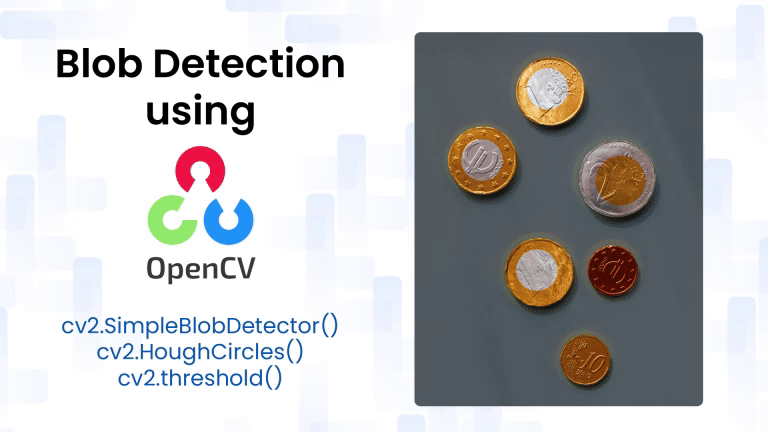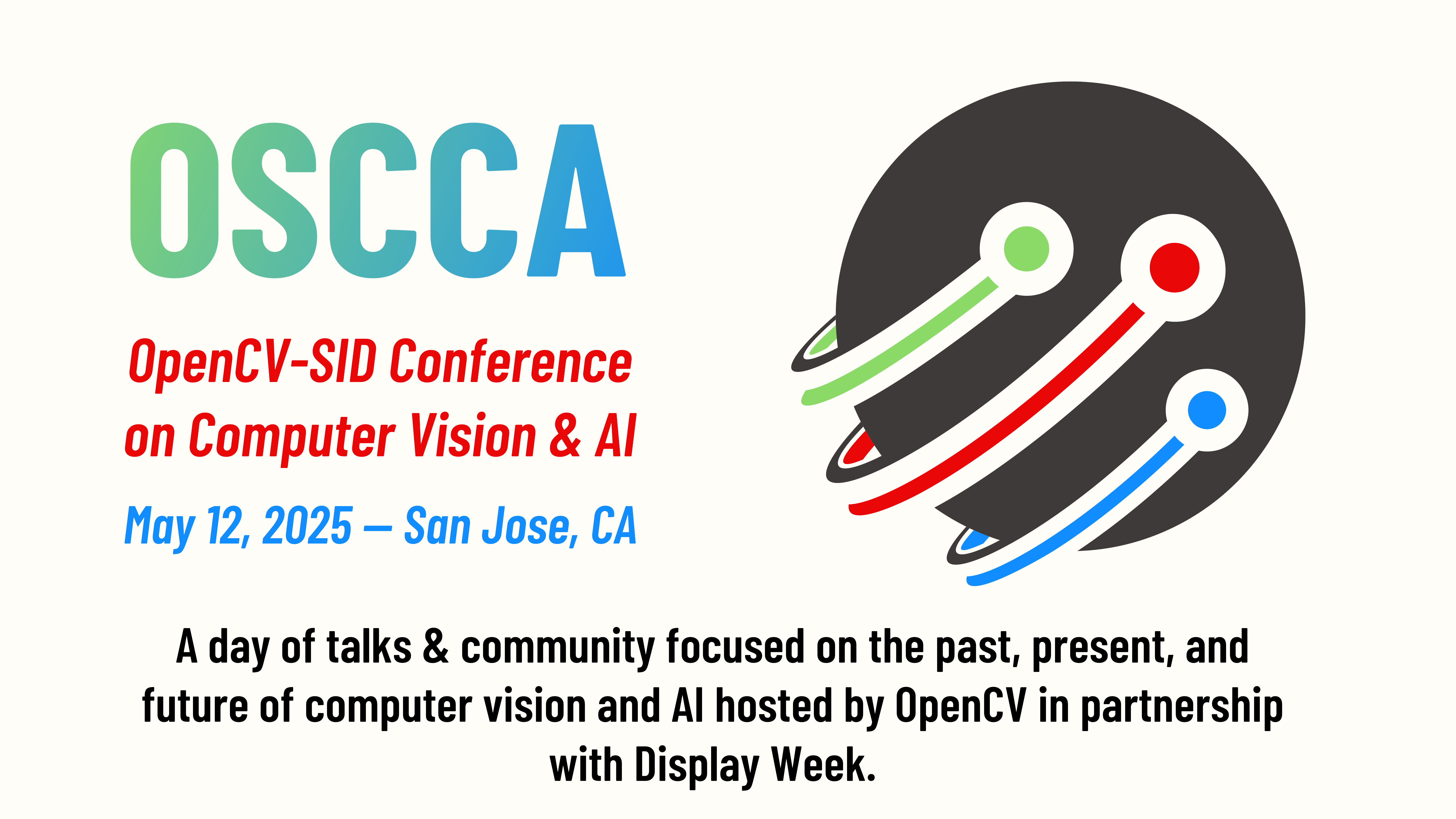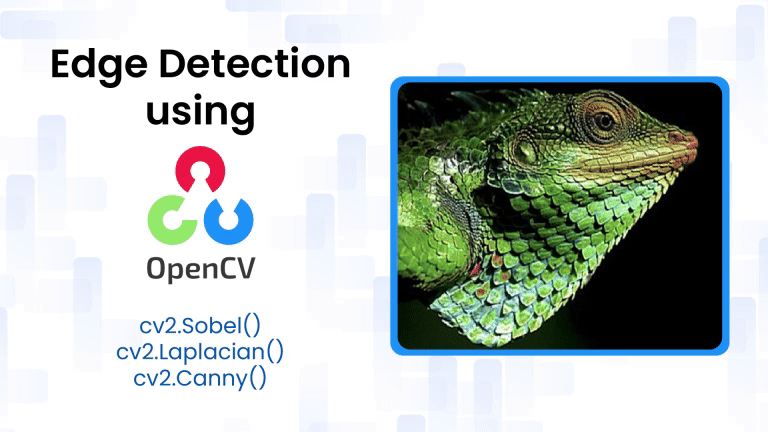OpenCV
Ever wondered how those slick background removal tools actually work? You upload a photo, click a button, and boom, the subject pops while the clutter disappears. But behind that magic
Earlier this year OpenCV was selected to be part of the GitHub Secure Open Source Fund, which provides maintainers with financial support to participate in a three-week program educating them
OpenCV’s summer update for 2025 is now available in all your favorite flavors on the Releases page. It includes a big list of changes to Core, Imgproc, Calib3d, DNN, Objdetect,
This article was written by Yuantao Feng of the OpenCV China Team. What is RISC-V and RVV 1.0? RISC-V (pronounced “risk-five”) is an open standard instruction set architecture (ISA) based
In computer vision, detecting blobs(regions) that differ from their surroundings is a common and powerful technique. A blob can be as simple as a spot of light in an image
The OpenCV-SID Conference on Computer Vision and AI (OSCCA), OpenCV’s first ever in-person conference, is just a few days away! If you’re in the SF Bay Area, it is a
Edge detection is a crucial technique in image processing and computer vision, used to identify sharp changes in brightness that typically signify object boundaries, edges, lines, or textures. It enables

